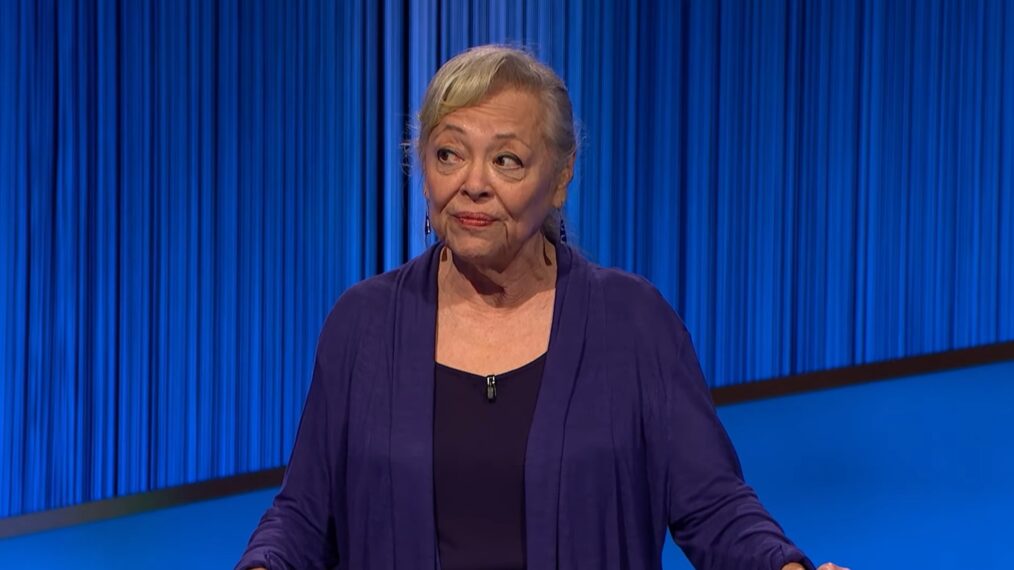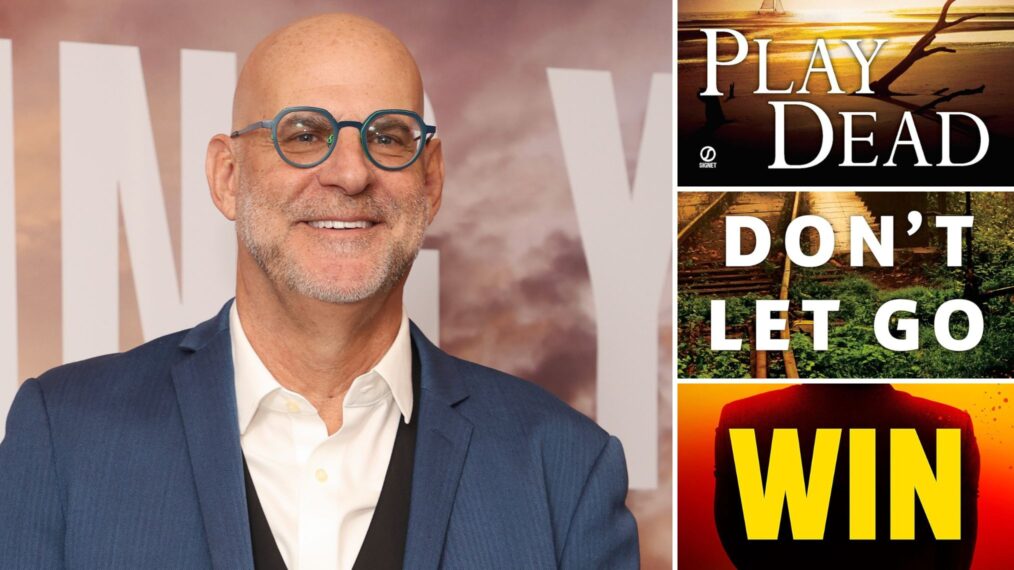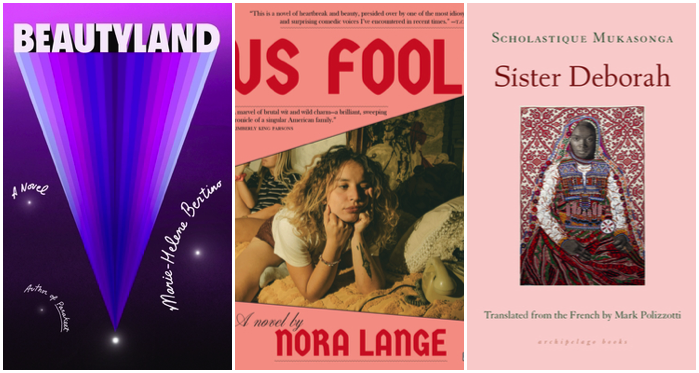The Pitch: It’s Hell Day 1988 — the waning hours of Halloween Night, and four girls are out on their paper route in a sleepy Cleveland suburb. There’s Mac (Sofia Rosinsky), the chain-smoking rebel whose haircut and leather jacket are giving 1991 Edward Furlong; KJ (Fina Strazza), the young Jewish girl from a well-off family; Tiffany (Camryn Jones), an adopted Black girl and certifiable tech nerd; and Erin (Riley Lai Nelet), the shy daughter of Chinese immigrants who just moved to town. They don’t know each other very well, but they’ll have to band together after the sky turns purple and they’re suddenly shot into the far-flung future of… 2019.
Turns out they’re caught in the middle of a war between feuding factions of time travelers — the orthodox “Old Watch” and the rebellious STF, or “Standard Time Fighters” — for control of the timeline. To get through this fracas alive, and maybe even save the timeline, they’ll have to team up with Erin’s adult self (Ali Wong) and STF sleeper agent Larry (Nate Corddry). But along the way, they’ll get an up-close-and-personal glimpse at their own futures, which are hardly what they bargained for.
Stranger Things Have Happened: It’s hard not to watch Paper Girls, Prime Video’s latest sci-fi streaming series, and see the cynical bean-counting at work for Amazon’s search for their next hit series. ’80s pop culture references, needledrops of Danzig and “Blue Monday,” a team of quippy kids on ten-speeds racing through suburban streets on their way to vanquish evil? The Duffer Brothers could sue, if Stranger Things’ own aesthetic signposts weren’t derived from the same primordial goo.

Paper Girls (Prime Video)
But of course, this series has its own more inspired source material: the comic series of the same name from Brian K. Vaughan and Cliff Chiang, itself a wonderfully vibrant and acerbic story of the tribulations of girlhood to balance out the boy-heavy stories we associate with ’80s kids’ adventures. The problem is, whether due to budgetary limits or a desire to streamline the comics, the show flattens the look and scope of the story into something decidedly dull and derivative.
Gone are the clean lines, gooey gore, and vivid colors of Chiang’s artwork, replaced with mid-budget streaming show cinematography that feels messy and drab even before the brief moments of unsatisfactory visual effects.
Most of the show takes place at night, a disappointing dusk, or in the flat suburban homes and offices of real life, with little effort to shoot it with any kind of verve or color. When the titular paper girls do glimpse some fantastical elements, they’re hardly eye-popping: a purple filter over the lens here, an After Effects-level ball of time portal energy there. It just looks cheap, which isn’t what you want for your time-hopping adventure series.


























































